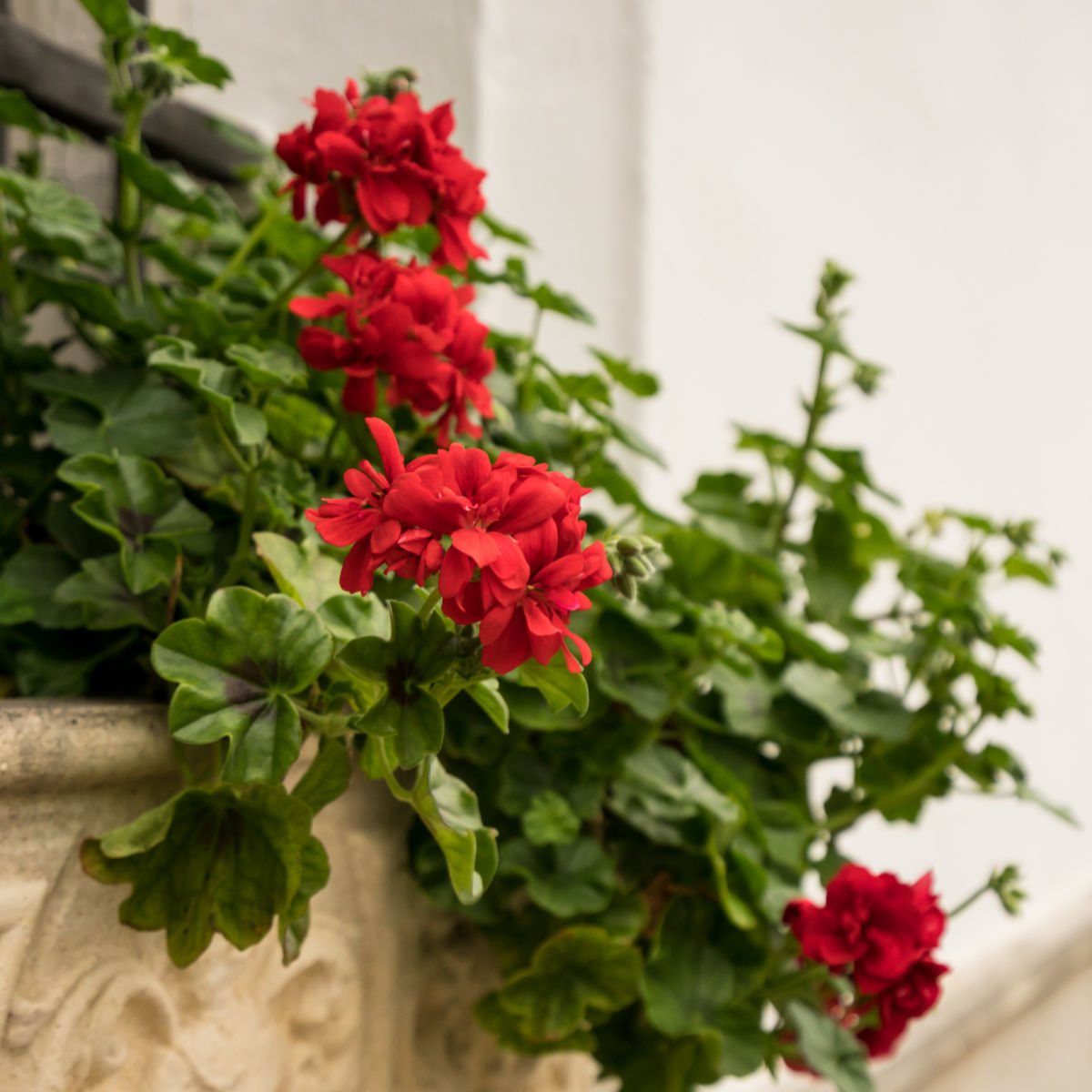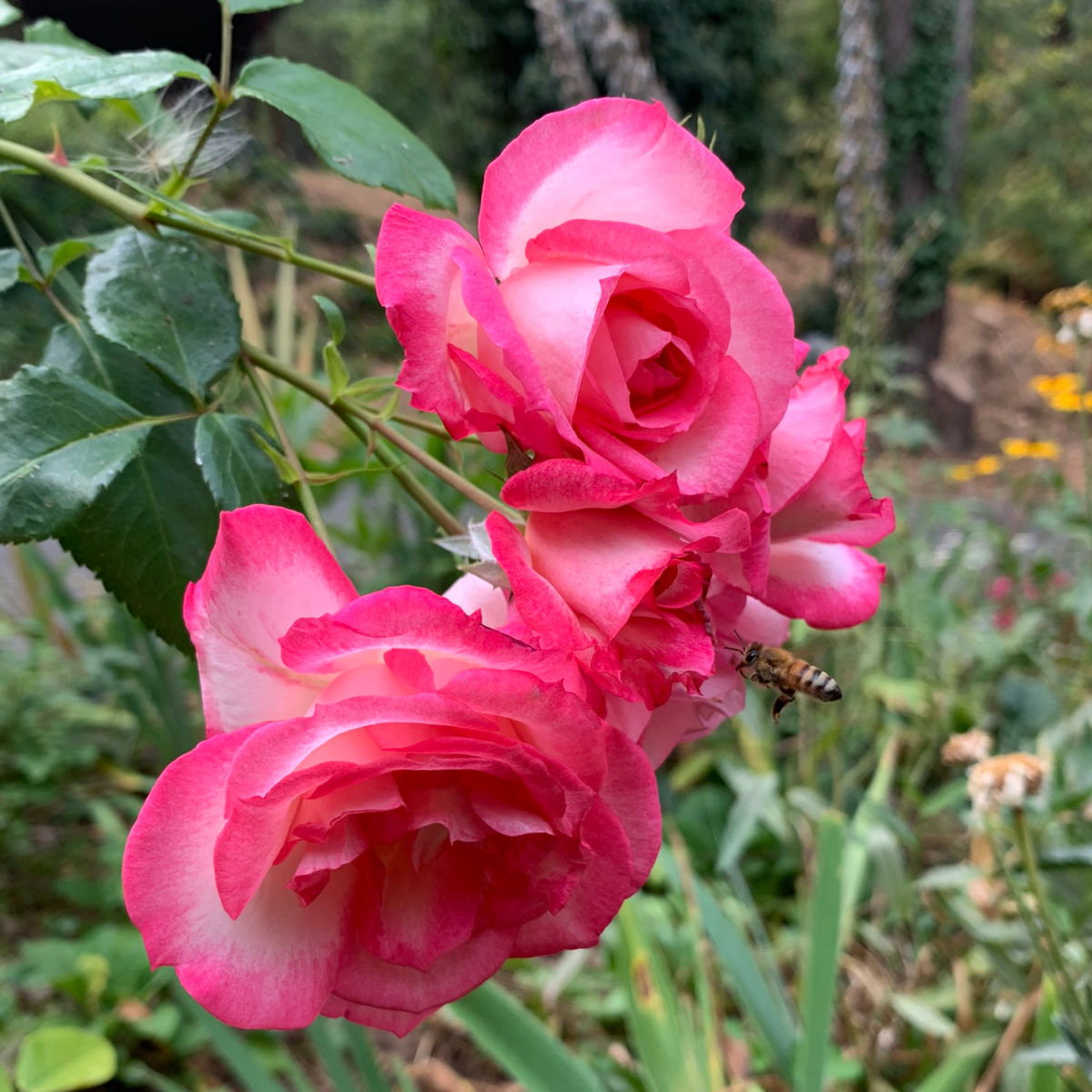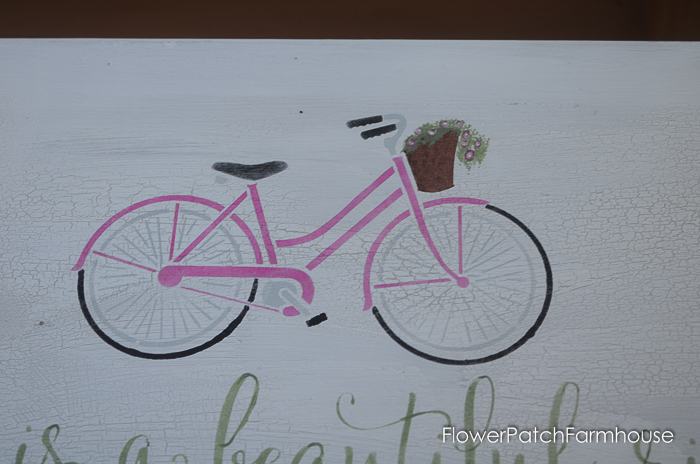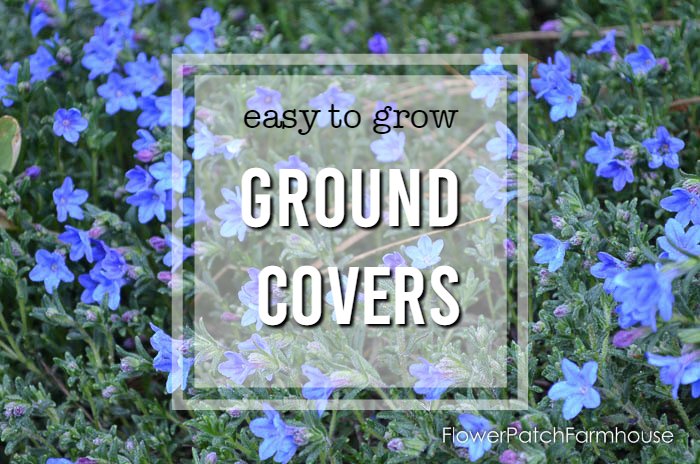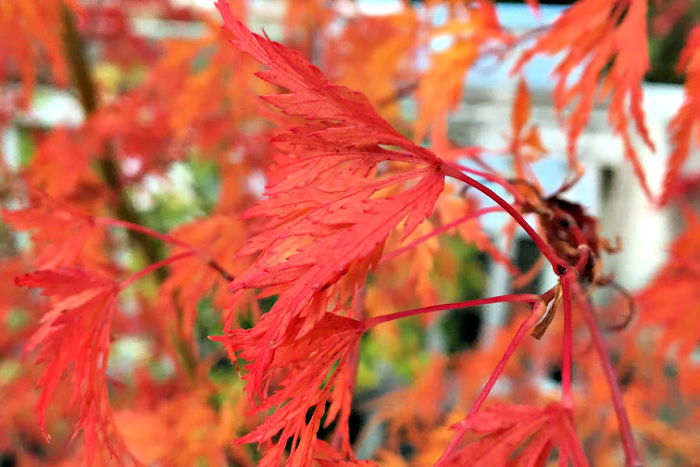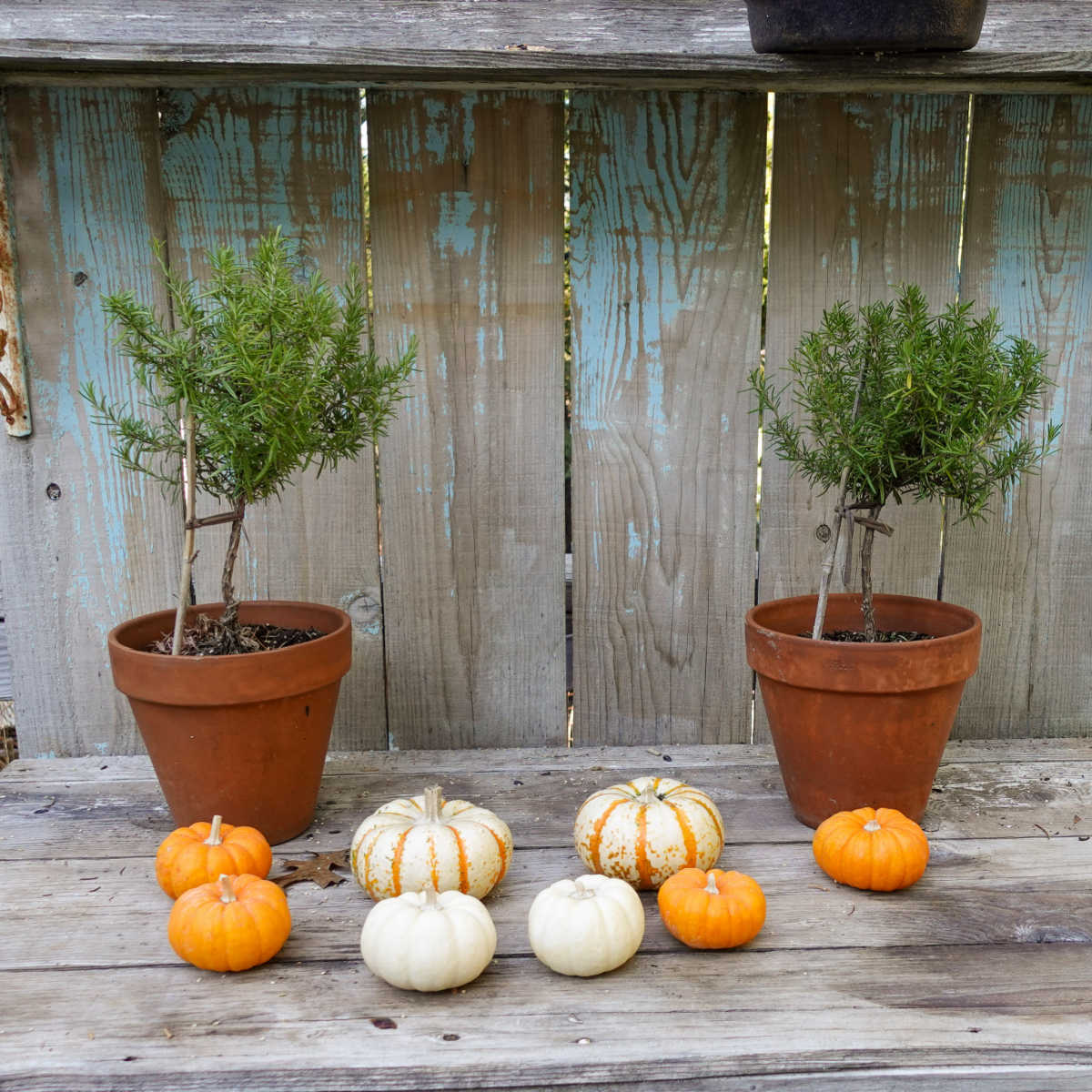Awakening the Senses: Creating Your Own Sensory Garden
Creating a sensory garden is an enchanting endeavor that invites an immersive experience, engaging all the senses: sight, smell, touch, taste, and hearing.
Such a garden is not merely a feast for the eyes but a sanctuary that nurtures the soul, fosters a connection with nature and promotes well-being.

Whether you’re an experienced gardener or a beginner eager to transform your green space into a sensory retreat, this guide will walk you through the essential steps to create a garden that delights every sense.
The Essence of a Sensory Garden
A sensory garden is designed to provide an interactive environment that stimulates the senses. This type of garden is not only therapeutic but also educational, offering endless opportunities for discovery and connection with the natural world.

Sensory gardens are user-friendly and encourage visitors to touch, taste, appreciate, and listen. It’s particularly beneficial for children, individuals with special needs, and the elderly, providing a safe and stimulating environment for exploration and relaxation.
Create a Sensory Garden
Identify Your Space:
Assess the area you have available for your sensory garden. It doesn’t need to be large; even a small corner of your yard can be transformed into a sensory experience.
Use my garden journal available here to plan it out!
You don’t need to start from scratch, you can easily incorporate the sensory elements in your existing garden!
Consider Accessibility:
If you are creating a more public garden ensure that paths are wide and flat to accommodate wheelchairs and walkers, making the garden accessible to everyone.
If this is your private garden that may be unnecessary but do keep it in mind if you are aging or will be sharing your garden with ones that are more feeble and unsteady on their feet.
And this thought should be considered in any garden.
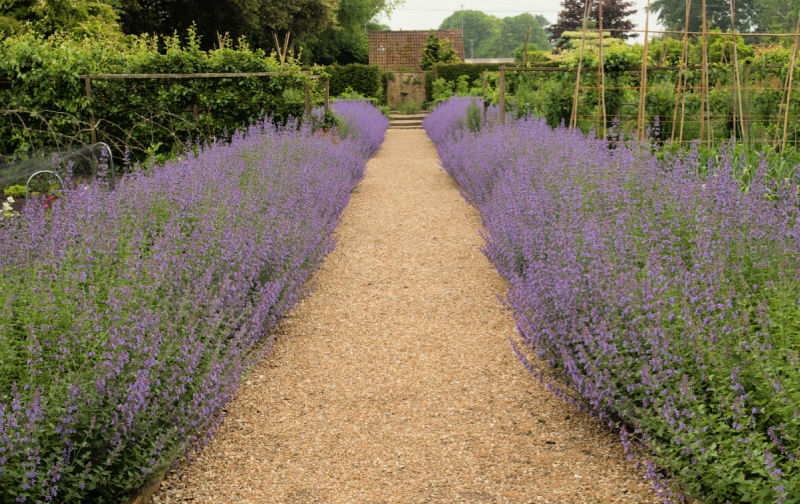
Choose a Theme:
Decide if you want your garden to have a specific theme or if you prefer a more multi-sensory experience where more than one sense is engaged at a time.
Maybe you want to focus on scent, then growing a Fragrance Garden is ideal. Or maybe you want the garden to invite you in on a moonlit night, then aim for a Moon Garden.
Themes can also be garden rooms as you walk along the path leading from one to another. Even small gardens can incorporate this design idea.

Engaging the Senses
Visual Interest
The visual appeal of your garden is key. Use a variety of colors, shapes, and textures to create a visually stimulating environment.
Incorporate Spring bulbs, Summer bulbs, annuals and perennials to ensure year-round color or interest.
Bright flowers like marigolds, sunflowers, and lavender not only add color but attract butterflies and bees, adding movement to your garden.
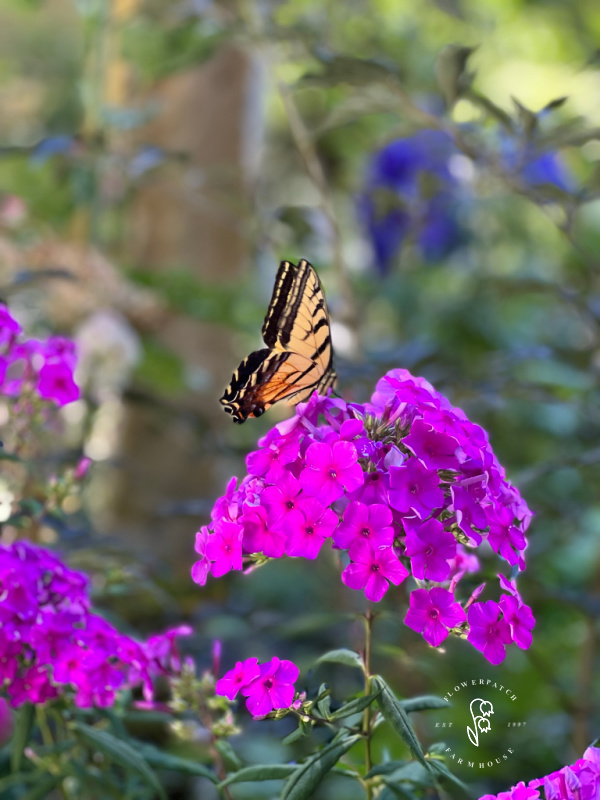
Incorporating white flowers can bring a sense of calm to all the chaotic colors keeping it from becoming overwhelming.
Of course, for me in snow country, the only thing we see in winter is snow but try to think of how different elements look covered in snow.
Or pick color schemes like white and purple, shades of pink and purple or a hot garden with reds, oranges, and yellows! The ideas are endless.
Sense of Smell
Fragrance adds an invisible layer of beauty to your garden. Plant aromatic plants like mint, basil, and rosemary along paths where they can be easily brushed against, releasing their fragrance.
Scented ground covers can planted between pavers so a delightful fragrance can be released as they are tread upon.
Think creeping chamomile or creeping thyme.
An herb garden is not only a good idea for sensory stimulation but you can use the plants in practical ways, in the kitchen or creating bath salts or essential oils.
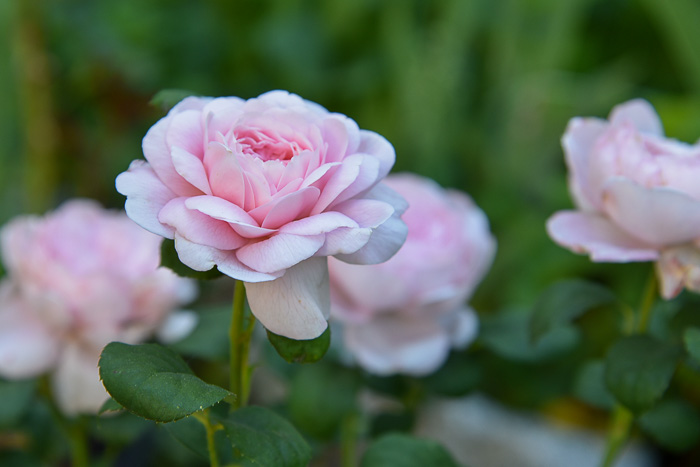
Flowers such as roses, jasmine, and gardenia also contribute delightful scents which can be especially appealing to folks with visual impairments.
The list of scented blooms is extensive so choose what will grow well in your garden instead of what just catches your eye (or nose).
Touch
Incorporate plants with a range of interesting textures for the sense of touch in your garden space. Soft lamb’s ear, fuzzy sage, and smooth succulents invite hands-on interaction with their different textures.
Textured paths made from pebbles, gravel, bark mulch, wood chips, or stepping stones also add variety underfoot. (walking on gravel provides sounds for an added sensory layer)
Keep in mind what works well for wheelchair users if making this a more public space.
Taste
Edible plants invite visitors to taste the bounty of your garden. Consider easy-to-grow herbs, fruits, and vegetables.
Strawberry plants, cherry tomatoes, and various herbs not only provide flavors to savor but also encourage a deeper connection with the food we eat.
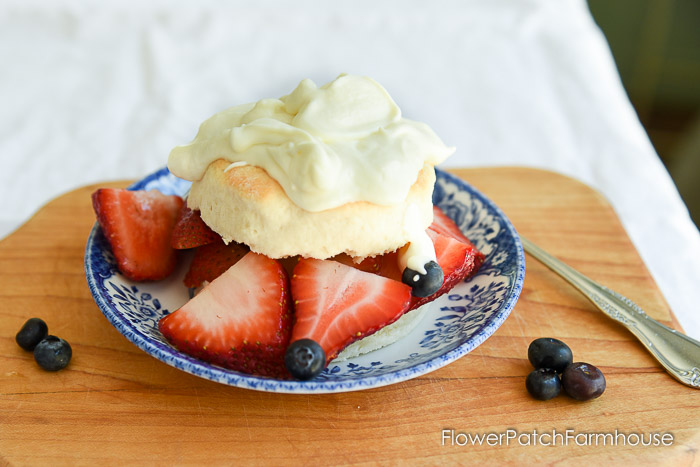
There are even edible flowers like violas, snapdragons, and nasturtiums to tantalize our taste buds.
Planting edibles among the beautiful flowers is a big new trend but those of us with smaller spaces have been using this technique for ages.

Note: Strawberry plants are shallow-rooted and make great groundcover under roses, shrubs, and other plants. Plus they reproduce themselves readily.
Hearing
Sound brings your garden to life. Incorporate elements that create gentle noises, such as wind chimes, a bubbling fountain, other water features, or rustling ornamental grasses.
Planting trees, and shrubs and adding bird feeders and a bird bath can attract birds, whose songs add a natural relaxing melody to your garden.
Water fountains are wonderful but you may need to ensure your outdoor space is safe for children, many folks incorporate pondless water features.

Creating Sensory Pathways and Zones
Design paths that meander, encouraging visitors to slow down and fully engage with their surroundings. Consider creating different ‘zones’ within your garden, each dedicated to stimulating a specific sense, or integrate all sensory experiences throughout the space.
This corresponds to what I said earlier about creating garden rooms.
Maintenance and Safety
While a sensory garden is designed for exploration, it’s important to consider the safety of all plants and elements included.
Avoid plants with toxic parts or thorns, and ensure that all installations are secure and safe for interaction. Sensory garden plants should be safe for young children.
Examples of sensory plants: echinacea purpurea, chocolate cosmos, fruit trees, butterfly weed (to attract monarch butterflies), stachys byzantina, lamb’s ears,

A sensory garden is a labor of love that rewards not just the garden creator but everyone who visits. It’s a living, breathing space that changes with the seasons, offering new experiences and joys year after year.
By thoughtfully selecting plants and elements that stimulate the senses, you create more than just a garden; you build an oasis of tranquility and sensory delight that reconnects us with the natural world.
Embarking on the journey of creating a sensory garden is an enriching experience that fosters well-being, nurtures the environment, and celebrates the beauty and diversity of nature.
